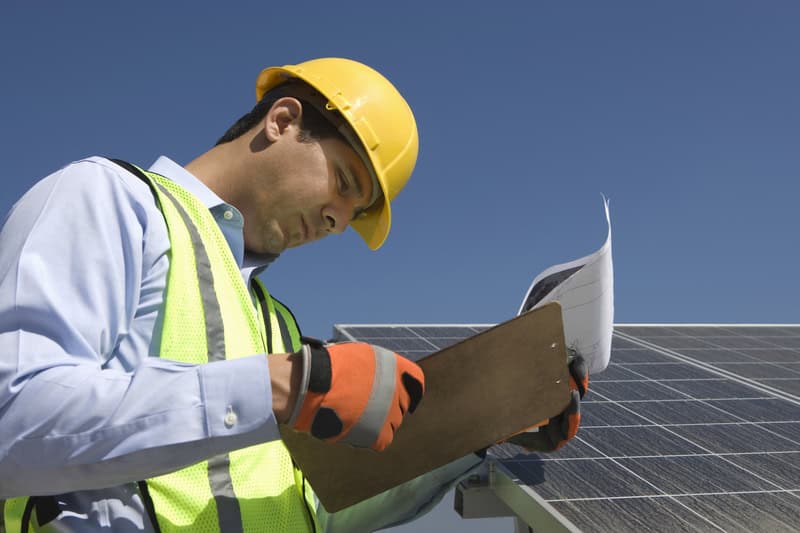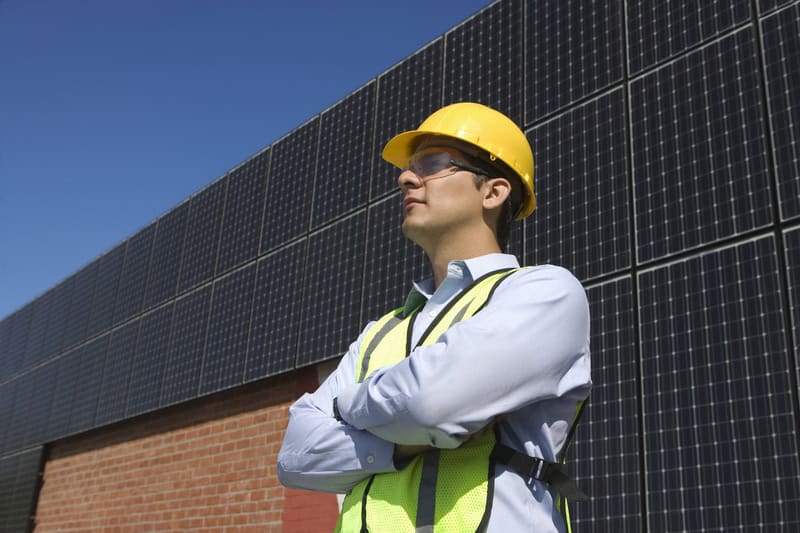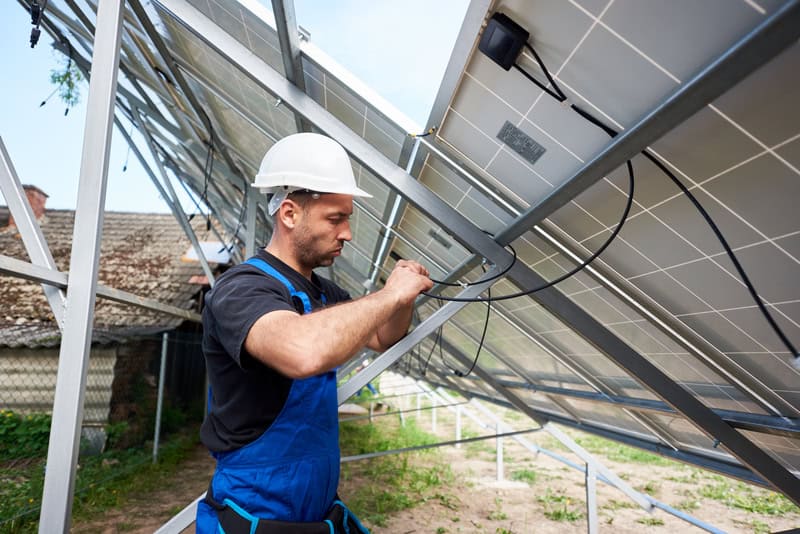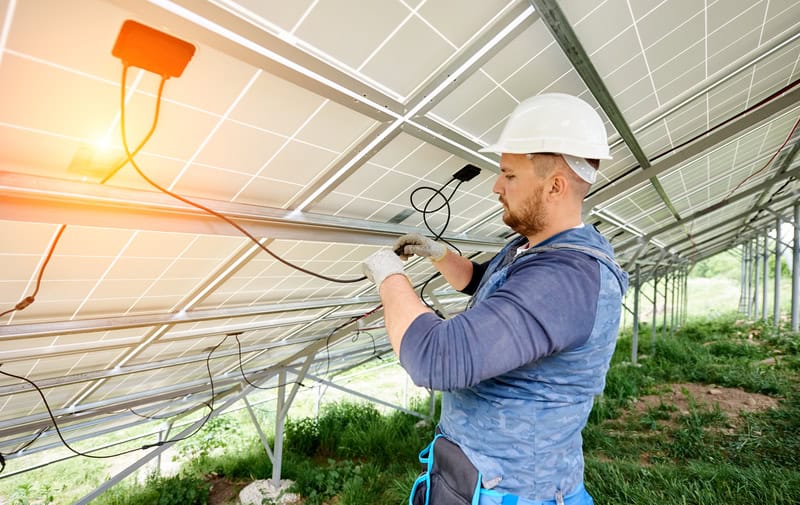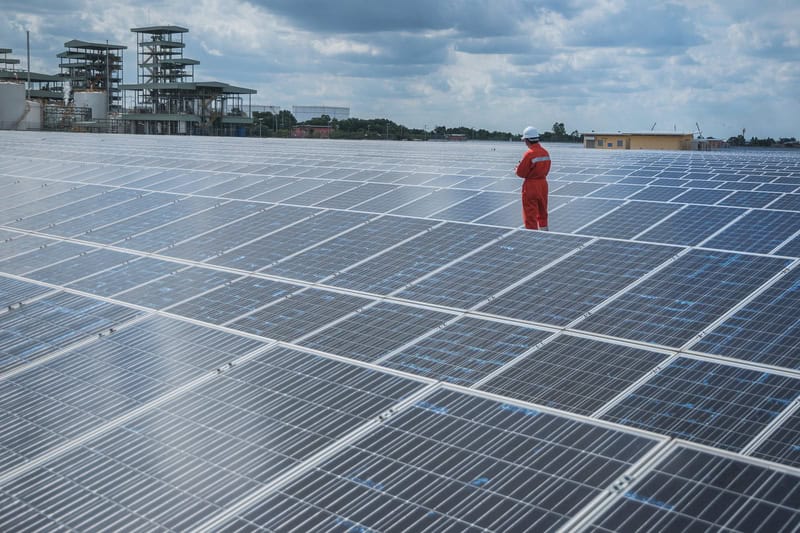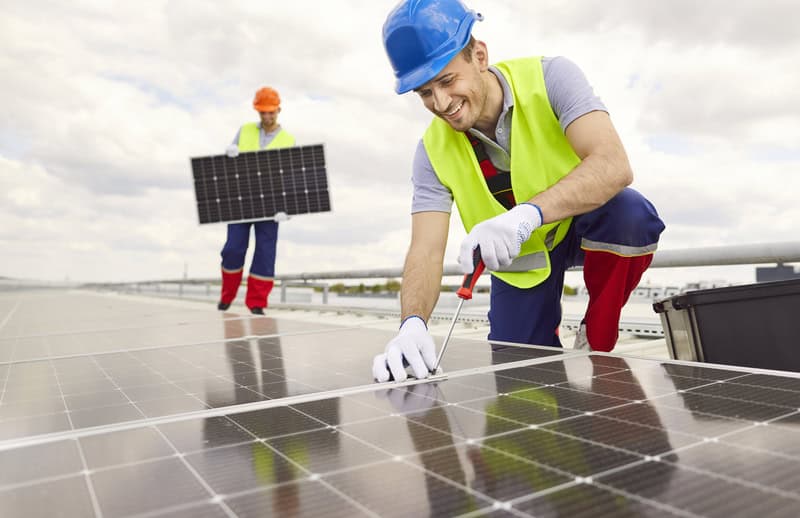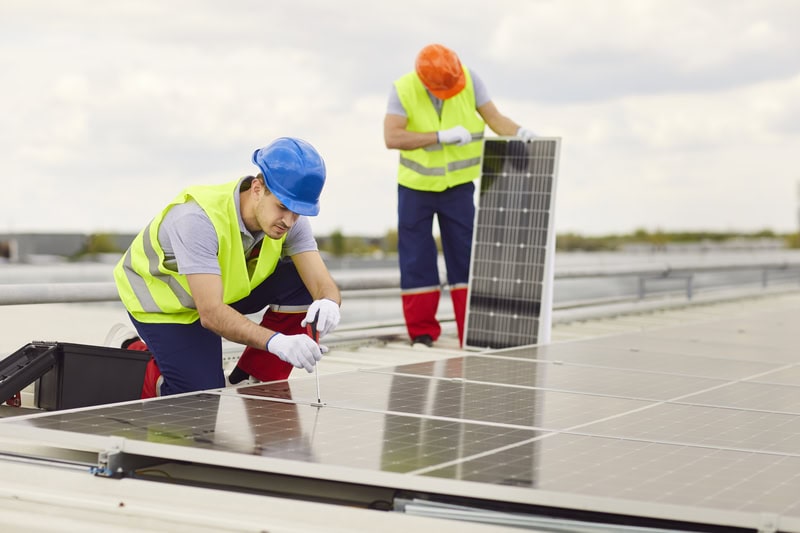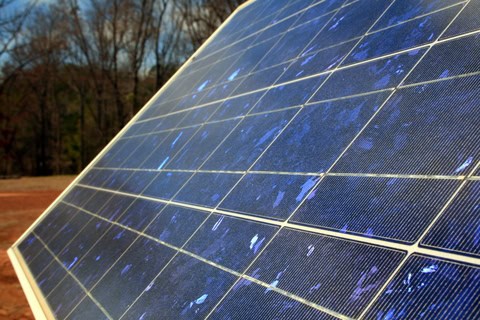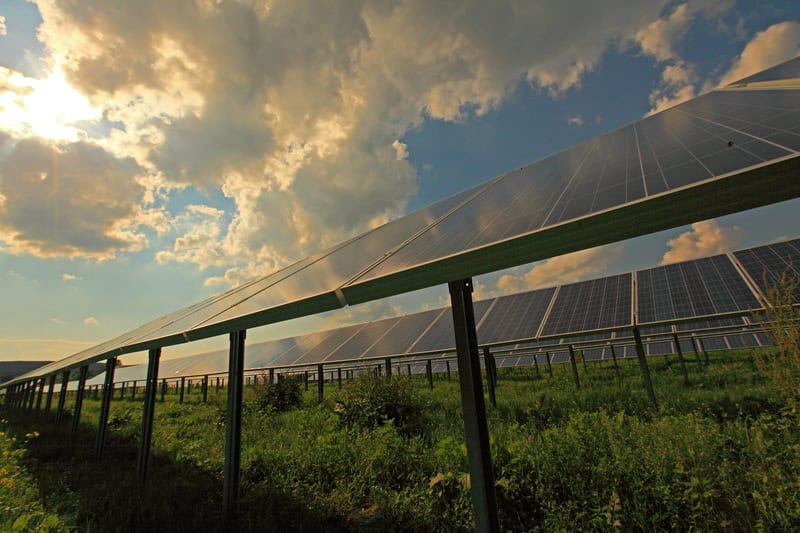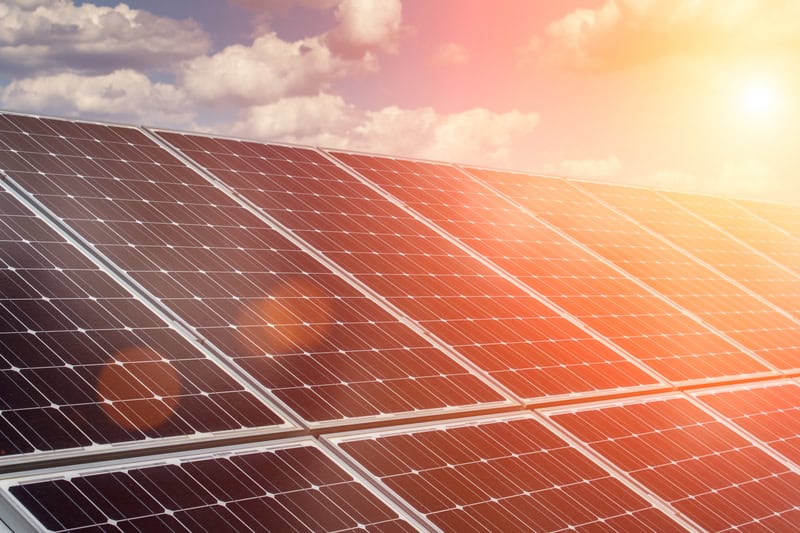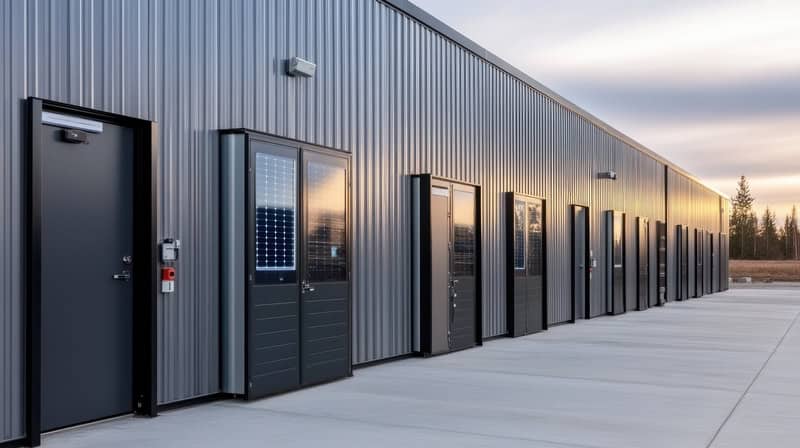Table of Contents
When it comes to developing and maintaining clean energy assets, the right partner can make or break your project. Whether you’re building a large-scale solar farm, integrating battery storage, or constructing transmission infrastructure, working with trusted Renewable Energy Infrastructure Specialists is crucial.
For over 30 years, JMS Energy has led the way in renewable energy construction, offering the expertise, technology, and service excellence developers need to succeed. If you’re looking for a proven partner to handle your renewable infrastructure, here are 10 compelling reasons why JMS Energy is the best choice for you.
1. Decades of Experience as Renewable Energy Infrastructure Specialists
JMS Energy brings over 30 years of hands-on expertise in renewable energy infrastructure, making them one of the most experienced firms in the U.S. energy market.
Experience Includes:
- Utility-scale solar construction
- Wind turbine foundation and cabling
- Battery Energy Storage System (BESS) installation
- Substation and transmission line builds
This depth of experience means they’ve encountered—and solved—every major challenge in the field.
2. Diverse Service Capabilities
JMS Energy is not a one-trick pony. They provide full-service construction across multiple sectors of renewable energy.
Their Core Specialties Include:
- Solar Infrastructure – Ground-mount, tracker systems, carports
- Wind Infrastructure – Civil, structural, and electrical scopes
- Battery Storage – Turnkey installation of BESS units
- Transmission and Interconnection – Substations, switchyards, and cabling
This versatility makes JMS a one-stop partner for infrastructure projects across technologies.
3. Expert Engineering and EPC Services
JMS Energy provides complete Engineering, Procurement, and Construction (EPC) services, making them ideal for turnkey projects.
EPC Capabilities:
- Site surveys and feasibility studies
- Permitting and environmental compliance
- Equipment procurement and logistics
- Full-scale construction and commissioning
Their end-to-end approach reduces delays, increases efficiency, and keeps your project on budget and on schedule.
4. NABCEP-Certified and OSHA-Compliant Teams
At JMS Energy, quality and safety come first. All technicians and engineers are:
- NABCEP-certified
- OSHA 30/10 trained
- CPR and First Aid certified
- Regularly trained in the latest construction best practices
You’re not just hiring a contractor—you’re hiring trained professionals who know how to get the job done safely and correctly.
5. Nationwide Reach with Local Know-How
JMS Energy has completed projects in:
- The Midwest
- The Southeast
- The Mountain West
- The Pacific Coast
- The Southwest
Their nationwide reach is complemented by localized crews and partners who understand state-specific permitting, utility coordination, and environmental standards.
6. Scalable Solutions for Any Project Size
From 5MW commercial solar installations to 200MW+ utility-scale projects, JMS Energy can scale its resources to fit your exact needs.
Project Sizes Served:
- Commercial & industrial solar
- Utility-scale farms
- Hybrid renewable systems (solar + storage)
- Microgrids and distributed infrastructure
No matter your size or scope, JMS Energy can meet the challenge.
7. Advanced Technology Integration
JMS Energy uses cutting-edge tools to enhance construction efficiency and operational transparency.
| Technology | Function |
|---|---|
| Drone Surveys | Aerial site mapping and progress tracking |
| SCADA Systems | Real-time performance and fault alerts |
| IV Curve Testing | Module performance analysis |
| Digital Project Management | Track timelines, budgets, and field notes |
These tools help JMS deliver faster, more accurate results on every project.
8. Commitment to Sustainability
As true Renewable Energy Infrastructure Specialists, JMS Energy is committed to reducing the environmental impact of every project.
Sustainable Practices Include:
- Low-impact land grading
- Erosion control and stormwater management
- Recycling of packaging and waste
- Use of electric and hybrid machinery where applicable
Their goal is to not only build clean energy infrastructure—but to do it cleanly and responsibly.
9. Transparent Communication and Reporting
JMS Energy values communication as much as construction. That’s why clients benefit from:
- Weekly progress updates
- Live dashboards for project KPIs
- Detailed reporting on inspections and performance
- Dedicated account managers
You’ll never be left guessing about the status of your project.
10. Trusted by Top Developers Nationwide
JMS Energy has completed infrastructure projects for:
- Independent power producers (IPPs)
- Utility companies
- Large-scale commercial developers
- Municipal and government energy programs
Repeat business is their norm, thanks to their reputation for professionalism, quality, and results.
Frequently Asked Questions (FAQs)
Q1: What types of renewable energy infrastructure does JMS Energy specialize in?
A1: JMS Energy specializes in solar, wind, battery storage, and transmission infrastructure construction.
Q2: Does JMS Energy work on both small and large projects?
A2: Yes, they provide scalable services for projects as small as 5MW to well over 200MW.
Q3: Where is JMS Energy licensed to operate?
A3: JMS Energy operates across the United States with the ability to mobilize crews nationwide.
Q4: What safety standards does JMS Energy follow?
A4: JMS is OSHA-compliant and all team members receive regular safety, CPR, and site-specific training.
Q5: Does JMS Energy provide full EPC services?
A5: Yes, JMS Energy offers engineering, procurement, and construction under one roof.
Q6: Can JMS Energy help with permitting and grid interconnection?
A6: Absolutely. Their EPC team handles permitting, utility applications, and interconnection processes.
Conclusion: Work with JMS Energy – The Top Renewable Energy Infrastructure Specialists
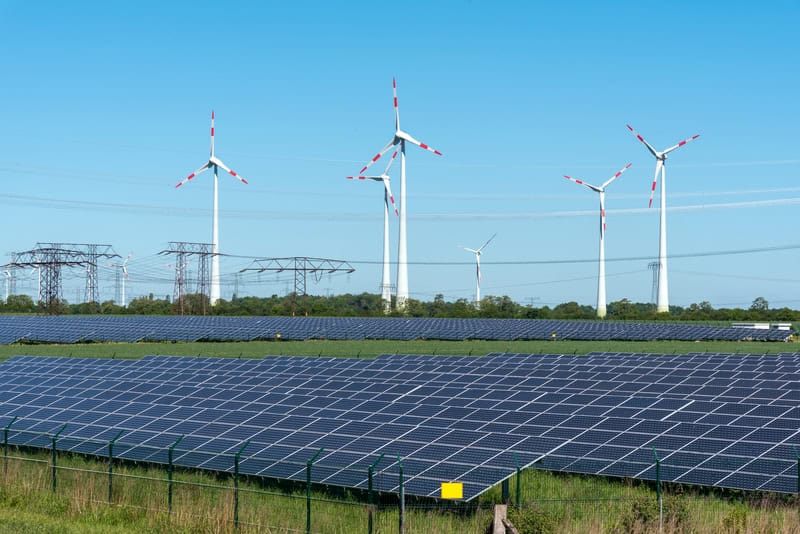
When it comes to Renewable Energy Infrastructure Specialists, JMS Energy delivers a powerful combination of experience, innovation, and integrity. With a proven track record, skilled teams, and a deep commitment to sustainability, JMS Energy is the partner of choice for developers building the energy systems of the future.
Ready to power your project with confidence? Contact JMS energy today—and build smarter, cleaner, and better.


